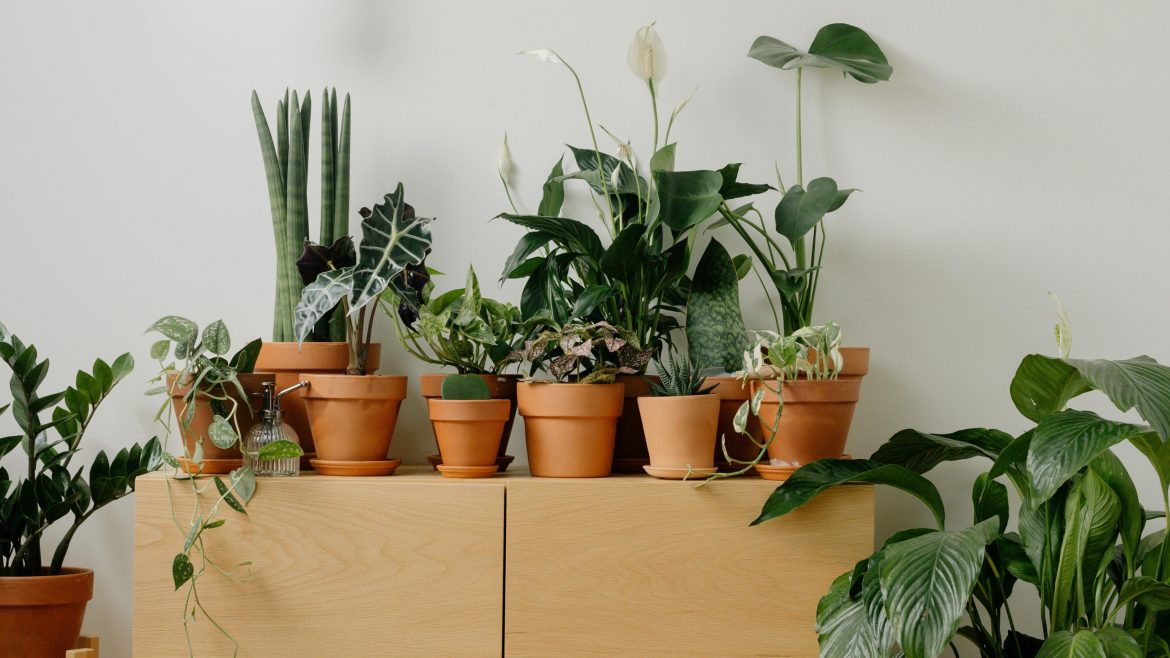For plant lovers who have mastered the art of keeping fussy ferns alive and coaxing orchids into bloom, the challenge of a ‘difficult’ houseplant can be an irresistible next step. Some plants demand meticulous care, precise humidity levels, and carefully timed watering schedules—but that’s exactly what makes them so rewarding. For those ready to test their green fingers, these notoriously difficult houseplants will elevate your collection while putting your plant parenting skills to the ultimate test.
ALSO SEE: How to propagate your houseplants: Best tips beginners
The thrill of a challenge
Many houseplants thrive on a simple routine of watering, light, and the occasional feed, but some species are far less forgiving. Plants with specific climate requirements, sensitive root systems, or unusual dormancy cycles can frustrate even seasoned collectors.
The key to success with difficult houseplants lies in understanding their natural habitats. Many of the most challenging species originate from cloud forests, rainforests, or arid deserts, meaning they require precise humidity, temperature, and soil conditions to thrive indoors.
If you’re up for the challenge, here are some of the most notoriously difficult houseplants to care for—but also some of the most rewarding.
The high-maintenance divas
Fiddle-leaf fig
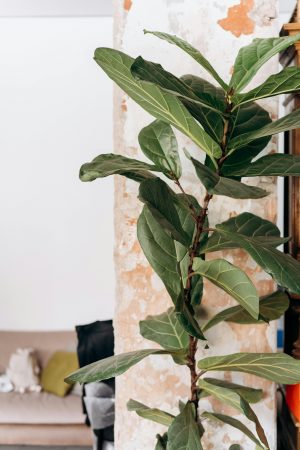
Pexels
Much loved for its large, glossy leaves and striking appearance, the fiddle-leaf fig is also infamous for its unpredictability. It dislikes being moved, reacts dramatically to changes in temperature or light, and is prone to leaf drop if its watering schedule is inconsistent. Bright, indirect light and careful watering are essential, but even then, it may still throw a tantrum.
Calatheas
Famous for their patterned leaves that move in response to light, calatheas are as stunning as they are sensitive. They require soft, filtered water, high humidity, and a strict watering routine. Any deviation from their preferred conditions can result in curling leaves, browning edges, or a general sulk that can take weeks to recover from.
Alocasia
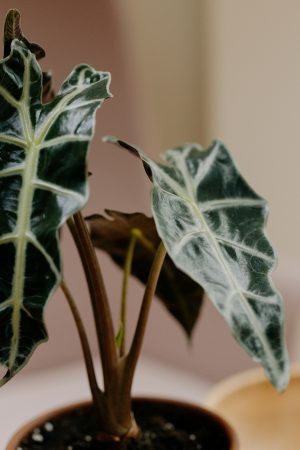
Pexels
These tropical beauties are adored for their dramatic foliage, but they come with a long list of demands. Alocasias need consistently high humidity, well-draining soil, and just the right amount of water—too much and the roots rot, too little and the leaves quickly wilt. They also have a dormancy period where they may die back completely before regrowing in spring, which can be alarming if you’re unprepared.
The slow growers and stubborn bloomers
Orchids

Pexels
While some varieties of orchids are easier to manage, others—like the notoriously tricky Vanda or Jewel orchids—require a delicate balance of humidity, temperature, and feeding to bloom successfully. They also prefer to be watered with rainwater or distilled water rather than tap water, adding another layer of complexity.
Venus flytrap
Fascinating and unusual, the Venus flytrap is a carnivorous plant that requires precise care to survive. It needs distilled water, nutrient-poor soil, and a period of winter dormancy. If fed too frequently or kept in the wrong conditions, it will quickly decline.
Lithops (Living Stones)
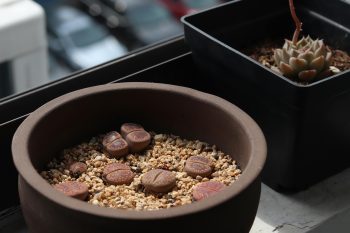
Pexels
These desert-dwelling succulents are easy to kill simply by overwatering. They have a strict seasonal watering schedule and can survive months without moisture. Inexperienced plant parents may find it difficult to resist watering them too often, which can quickly lead to rot.
The humidity lovers
Maidenhair fern
With its delicate, lacy fronds, the maidenhair fern is undeniably beautiful—but it’s also one of the most challenging ferns to keep alive. It requires high humidity, consistent moisture, and indirect light. If it dries out even once, it may not recover.
String of pearls
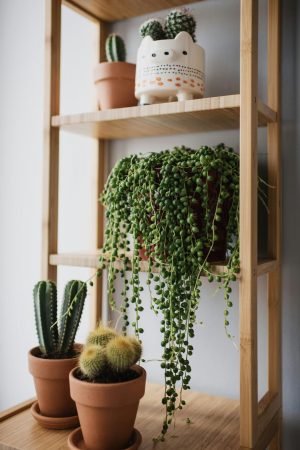
Pexels
Despite being a succulent, the string of pearls is surprisingly fussy. It dislikes overwatering but also struggles if left too dry for too long. It also requires bright but indirect light, making placement tricky.
Staghorn fern
Unlike most houseplants, the staghorn fern prefers to be mounted rather than potted, requiring careful misting or soaking rather than traditional watering. It thrives in high humidity and bright, indirect light but can be difficult to acclimate to indoor conditions.
Are they worth the effort?
For experienced plant parents, the joy of successfully growing a difficult houseplant outweighs the frustration of their finicky nature. While these plants demand extra care, the satisfaction of keeping them thriving—when many struggle—makes them a prized addition to any collection.
If you’re up for the challenge, investing in the right conditions, from humidity trays to grow lights, can make all the difference. And when you finally see a new leaf unfurl or an elusive bloom appear, you’ll know it was all worth it.
ALSO SEE:
Featured Image:

